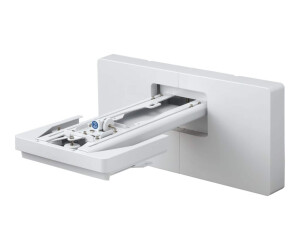
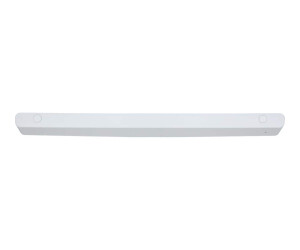
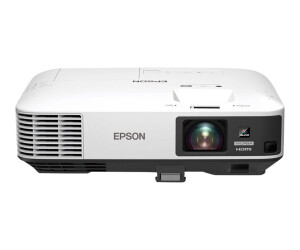
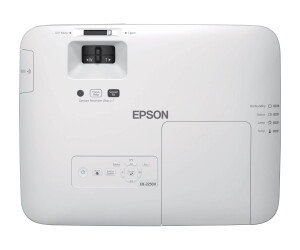
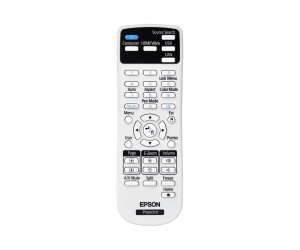
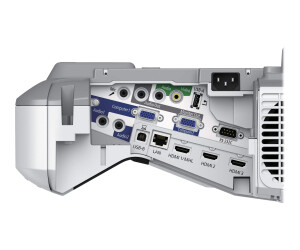
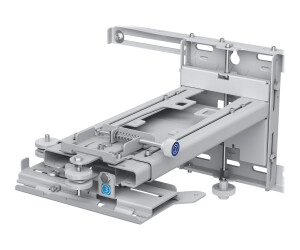

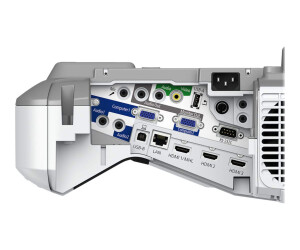
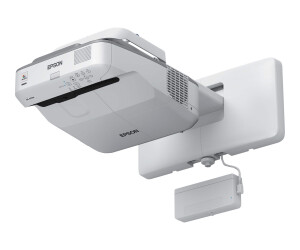
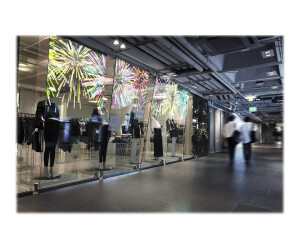
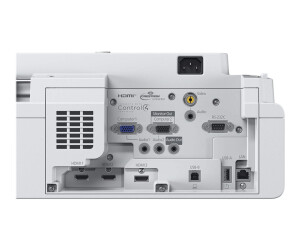

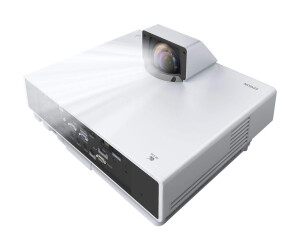
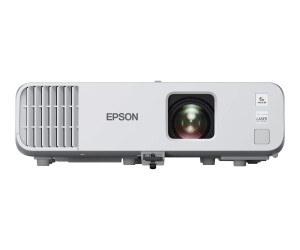
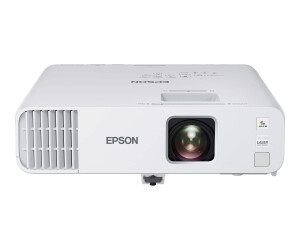
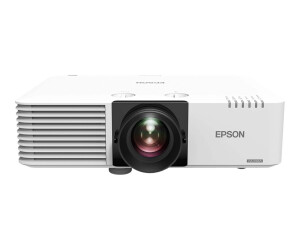

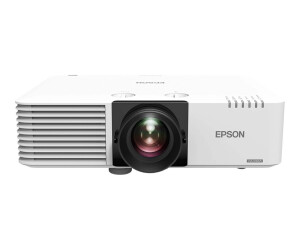
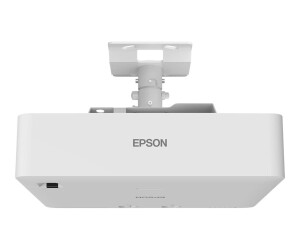
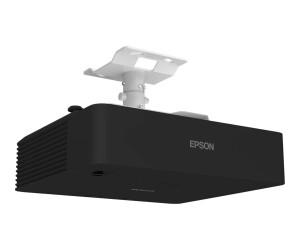


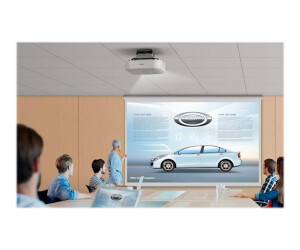

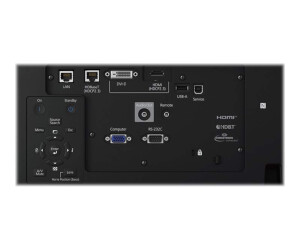
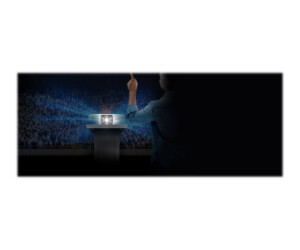

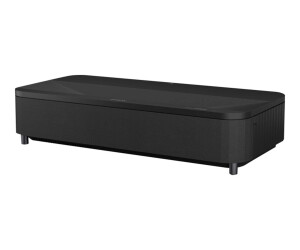
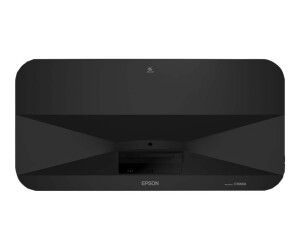






























LCD stands for "Liquid Crystal Display" and is a screen technology used in many electronic devices, including computer monitors, televisions, smartphones, and tablets. LCD screens use liquid crystals to display images.
The operation of an LCD screen is based on the property of liquid crystals to change their optical properties depending on the applied voltage. A typical LCD screen consists of several layers that work together to create an image. These include a backlight, a glass layer with transparent electrodes, a layer of liquid crystals, and a color filter matrix.
The backlight of an LCD screen, usually an LED (Light Emitting Diode), generates the light that passes through the other layers of the screen. The light is then controlled by the liquid crystals located between the transparent electrodes on the glass layer. The liquid crystals have the ability to arrange themselves in different states depending on the applied voltage.
By applying an electric voltage, the liquid crystals can be rotated and aligned, allowing them to either block or allow the incoming light to pass through. This manipulation of light transmittance allows the liquid crystals to create individual picture elements, also known as pixels, on the screen. By letting different amounts of light pass through different pixels, various colors and brightness levels can be generated.
The color filter matrix on the LCD screen consists of tiny color filters that assign a specific color to each pixel. Typically, the primary colors of red, green, and blue are used to represent all other colors. By combining different color filters, thousands or even millions of shades can be produced.
One advantage of LCD screens is their ability to display sharp and detailed images. The technology allows for high pixel density, which means that many pixels can be accommodated in a small space. This results in high image resolution, enabling fine details and clear text.
LCD screens also offer good color accuracy and a wide color gamut, leading to realistic and vibrant images. They are capable of producing high contrast by adjusting the brightness of the backlight and representing dark black levels.
Another advantage of LCD screens is their energy efficiency. By using LED backlighting technology, they can consume less power compared to older technologies such as cathode ray tube (CRT) displays.
However, LCD screens also have some disadvantages. For example, fast movements on the screen can cause motion blur, which is a trailing or smearing effect. This is due to the limited response time of the liquid crystals, which require time to transition between different states.
In addition, LCD screens are susceptible to viewing angle limitations, meaning that the image quality can degrade when viewed from a non-optimal angle. Particularly with larger screens, there can be color shifts or loss of brightness when not viewing the screen frontally.
Advantages of LCD screens:
High image quality: LCD screens provide high pixel density, resulting in sharp and detailed images. The high resolution allows for displaying fine details and clear text.
Color accuracy: LCD screens are capable of displaying a wide range of colors and offer good color accuracy. By using color filters and the ability to combine different colors, they can produce realistic and vibrant images.
High contrast image: LCD screens can generate high contrast by adjusting the brightness of the backlight. This achieves dark black levels and bright white levels, resulting in a vibrant and dynamic image.
Energy efficiency: By using LED backlighting technology, LCD screens are more energy-efficient than older technologies such asCRT displays. They consume less power and contribute to reducing energy consumption.
Space-saving design: LCD screens typically have a slim and space-saving design. They take up less space on the desk or in other environments, increasing their versatility and flexibility.
Versatility: LCD screens are used in a variety of devices, including computer monitors, televisions, smartphones, and tablets. They are available in different sizes and can be adapted to various requirements and applications.
Disadvantages of LCD screens:
Limited viewing angles: LCD screens can be susceptible to viewing angle limitations, meaning that the image quality can degrade when viewed from a non-optimal angle. This can result in color shifts or loss of brightness, especially with larger screens.
Motion blur: Fast movements on the screen can cause motion blur, which is a trailing or smearing effect. This is due to the limited response time of the liquid crystals, which require time to transition between different states.
Black level and contrast ratio: Although LCD screens generally offer high contrast, they can struggle to display deep black levels. This can result in a slightly less impressive contrast ratio compared to technologies such as OLED.
Sensitivity to dust and scratches: The surface of an LCD screen is sensitive to dust particles and scratches. Therefore, careful cleaning and protection against scratches are important to maintain image quality.
Limited color reproduction compared to OLED: Although LCD screens offer good color accuracy, they cannot provide the same vivid and intense color reproduction as OLED screens. OLED screens have the ability to be self-emissive, resulting in deeper black levels and richer colors.
Potential burn-in: Older LCD screens could experience a phenomenon called "burn-in," where certain images or symbols could be permanently "burned" into the screen. However, this issue is less common with modern LCD screens due to improved technologies and protection mechanisms.
LCD screens offer a wide range of advantages, including high resolution, good color accuracy, energy efficiency, and the ability to display detailed images. With constant advancements and improvements in technology, LCD screens are now widely used and have replaced CRT displays in many applications.



| id | title | mpn | price | manufacturer |
|
from *
/ |

